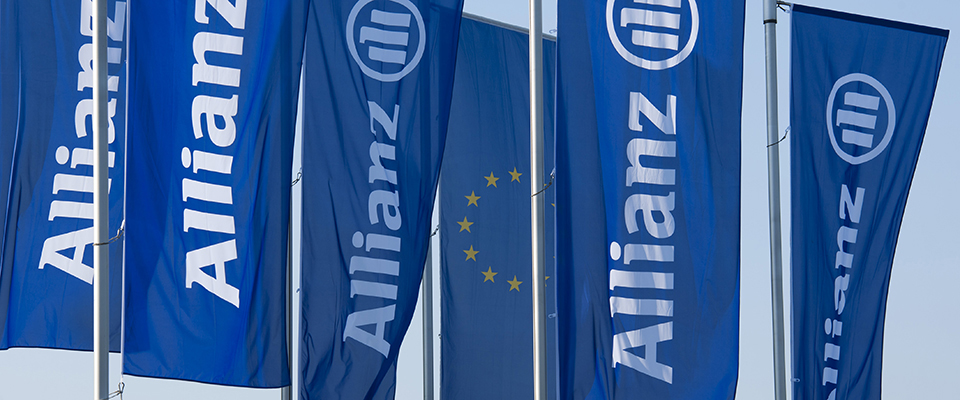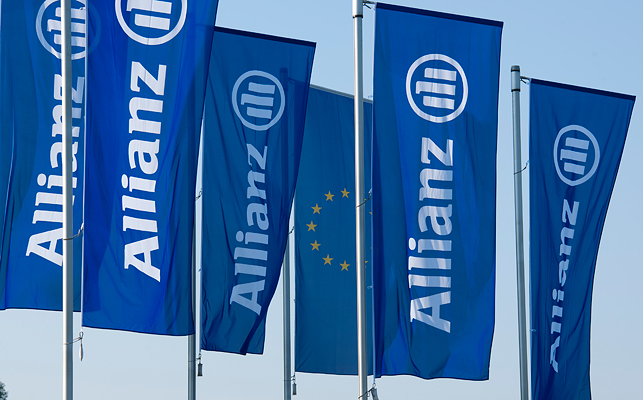A better view on natural hazard risk
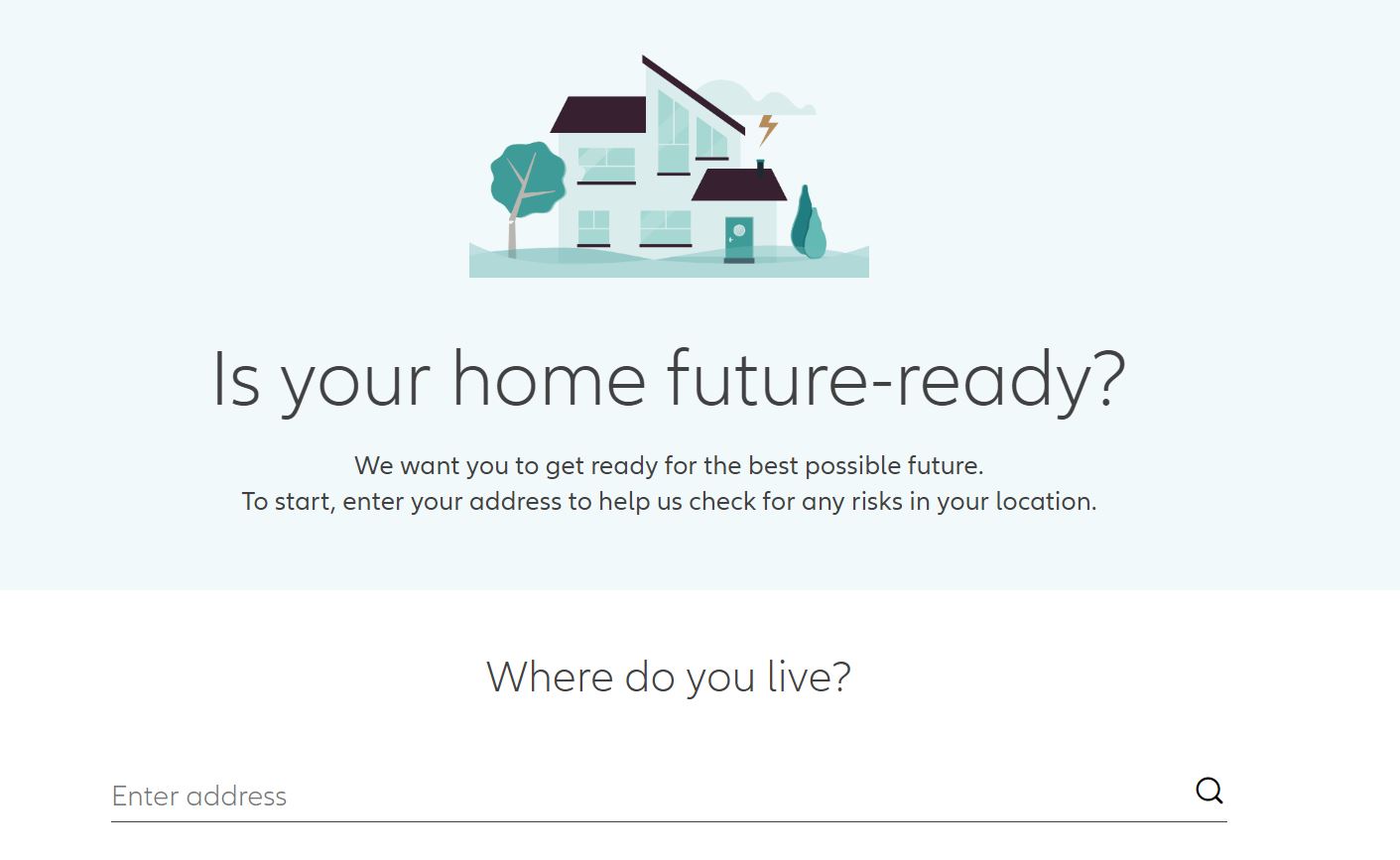
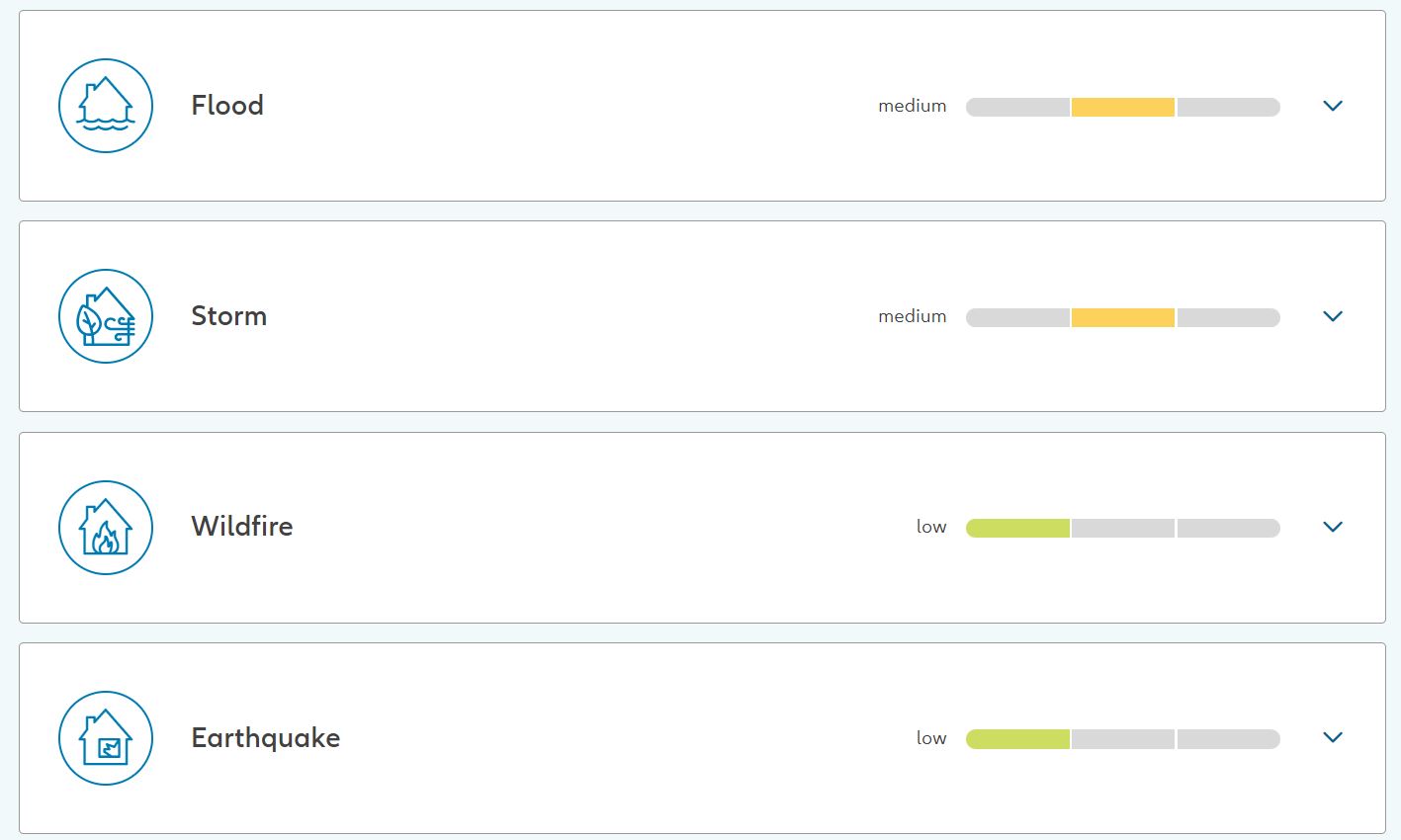
Based on data – lots of it!
The GloRiA tool is based on our globally valid Allianz natural hazard maps. The foundation for these maps are elaborately derived models that are in turn based on vast amounts of data that stem from long-term measurements. These maps can model for any point on earth the probability and intensity with which, for example, certain flood heights, wind speeds or earthquake intensities could occur.
“We use the hazard maps as a basis to see how vulnerable a property is for which we provide natural hazard insurance coverage. We then relate the values of the hazard maps to the loss amounts of past natural catastrophes and can derive how high the insurance premiums need to be in order to be able to pay for future damages,” Sibylle explains. These maps are therefore very closely linked to our insurance products and are extremely important for appropriately managing risk.
Fortunately, we don't have to expect the worst effects at every point on the planet. A quake of the magnitude we saw in Turkey in the spring of 2023 is hardly to be expected in Germany. Hailstorms like in Italy and Bavaria this summer are not as likely in the UK – all this knowledge is stored in our hazard maps. “At every point on earth there are certain hazards that can be relevant for an insurance customer,” says Sibylle, “and we would like to point this out to our customers and any potential user with the GloRiA tool.”
Factoring in our changing climate
In many places, climate change could change the frequency and / or intensity of certain natural hazards, such as floods or tropical storms, so looking into the future is just as important as understanding today's risk. In the next version of GloRiA, the tool will show how the risk of certain natural hazards may change as a result of climate change.
“To be clear, things will not always get worse,” says Sibylle. “In some places, the risk for a hazard will remain the same, in others it may even decrease somewhat”. And for earthquakes, climate change has no effect at all. What is certain, however, is that the effects of climate change will increase the uncertainty surrounding exposure to natural hazards. Insurance can therefore be a good solution to protect yourself and your property against the unexpected.
Please also read the interview with Nicola Ranger, Head of the Resilience and International Development Program at the Environmental Change Institute and Executive Director of the Oxford Martin Systemic Resilience Program, and Sibylle Steimen, Managing Director Advisory & Services at Allianz Re. Both argue for a stronger focus on climate resilience.
“We want to raise awareness of precautionary measures”
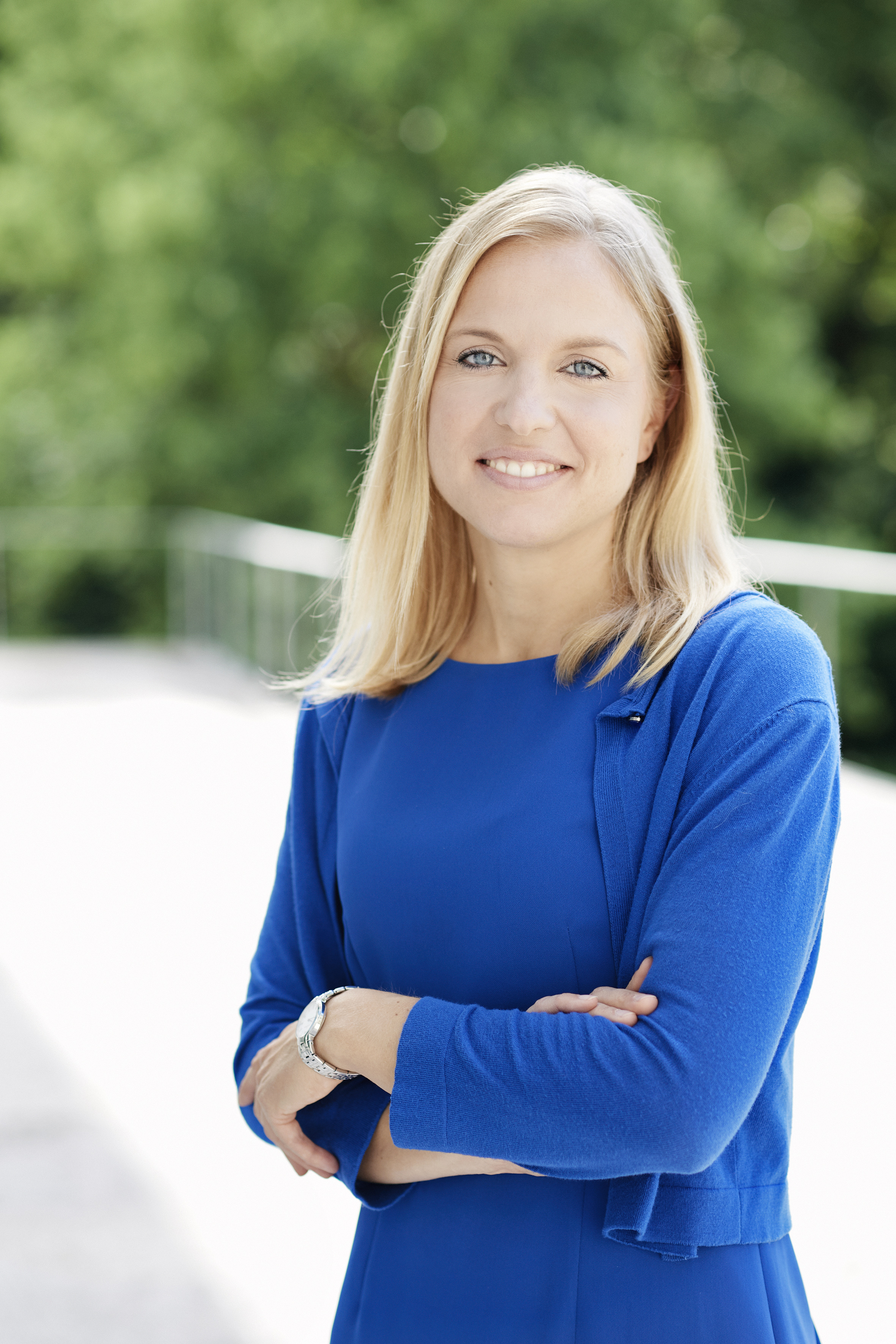
How long have you been using the “Wohnort-Risikobewertung”-Tool in Germany and how much is it being used?
The tool has been in use since March 2022. It has already been accessed over 55,000 times - and that's in Germany alone. The tool is now being rolled out globally as part of the Pre-warning & Prevention initiative driven by the Customer Experience Team at GSMD. It does not only provide information on the individual risk of various elementary hazards, such as floods or storms and hail, but also gives tips on precautionary measures.
Does the risk assessment help to raise awareness of natural hazards?
Yes, the tool is excellent for this purpose. I get the individual hazards for my address or a place where I might want to build a new home graphically in a clear manner. At a glance, I can see how high my risk is and what I should be particularly careful about. And with further clicks I get interesting information, e.g. what the most expensive damage was in the last few years in the immediate region. And with our concrete tips, such as installing pressure-tight windows and doors to protect against flooding or regularly checking trees in the vicinity against storm damage, we also want to raise awareness of precautionary measures. After all, the combination of insuring when it matters and promoting prevention is the best way to live up to our purpose "We secure your future".
Further Information
About Allianz
** As of December 31, 2023.
